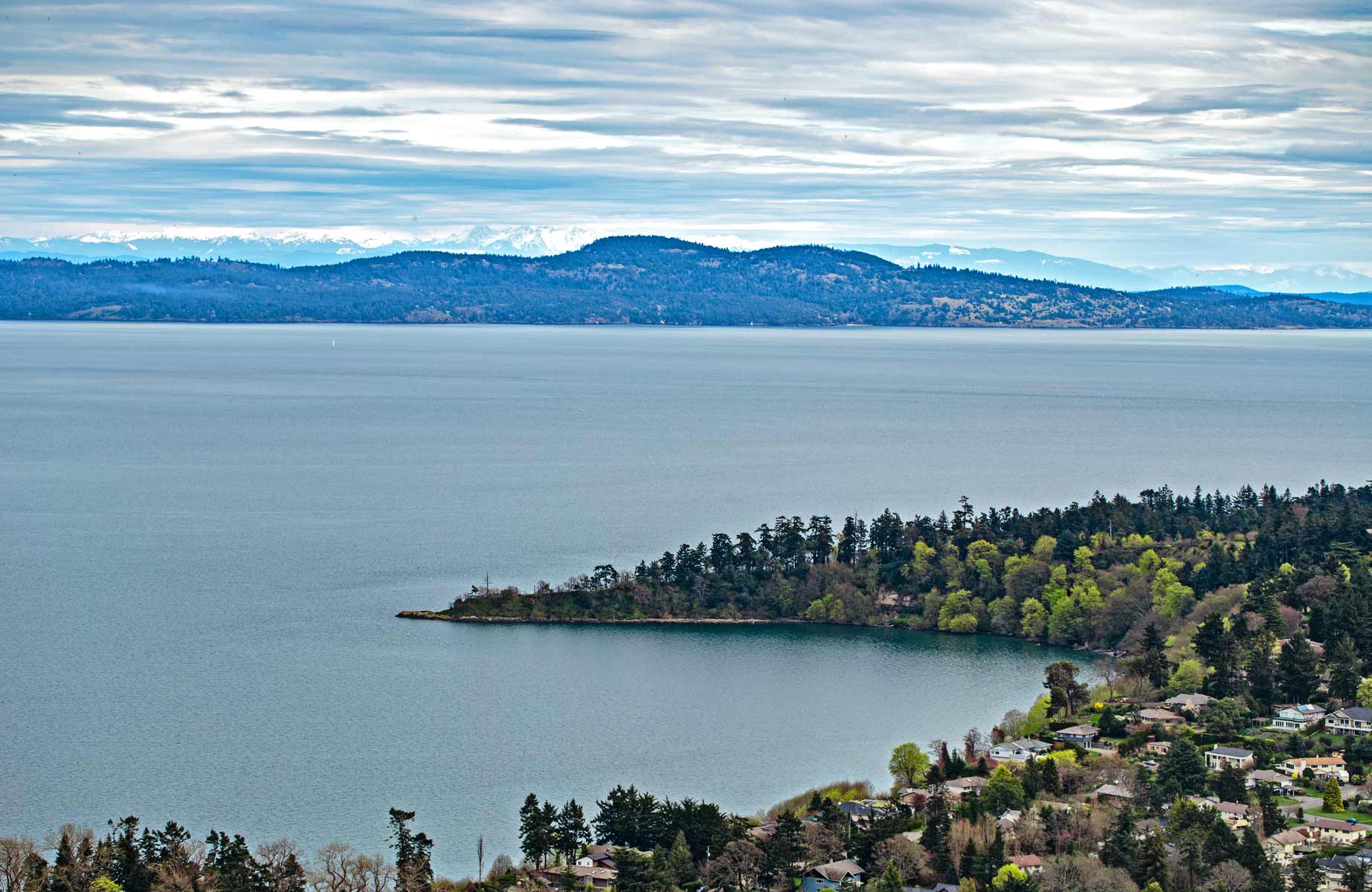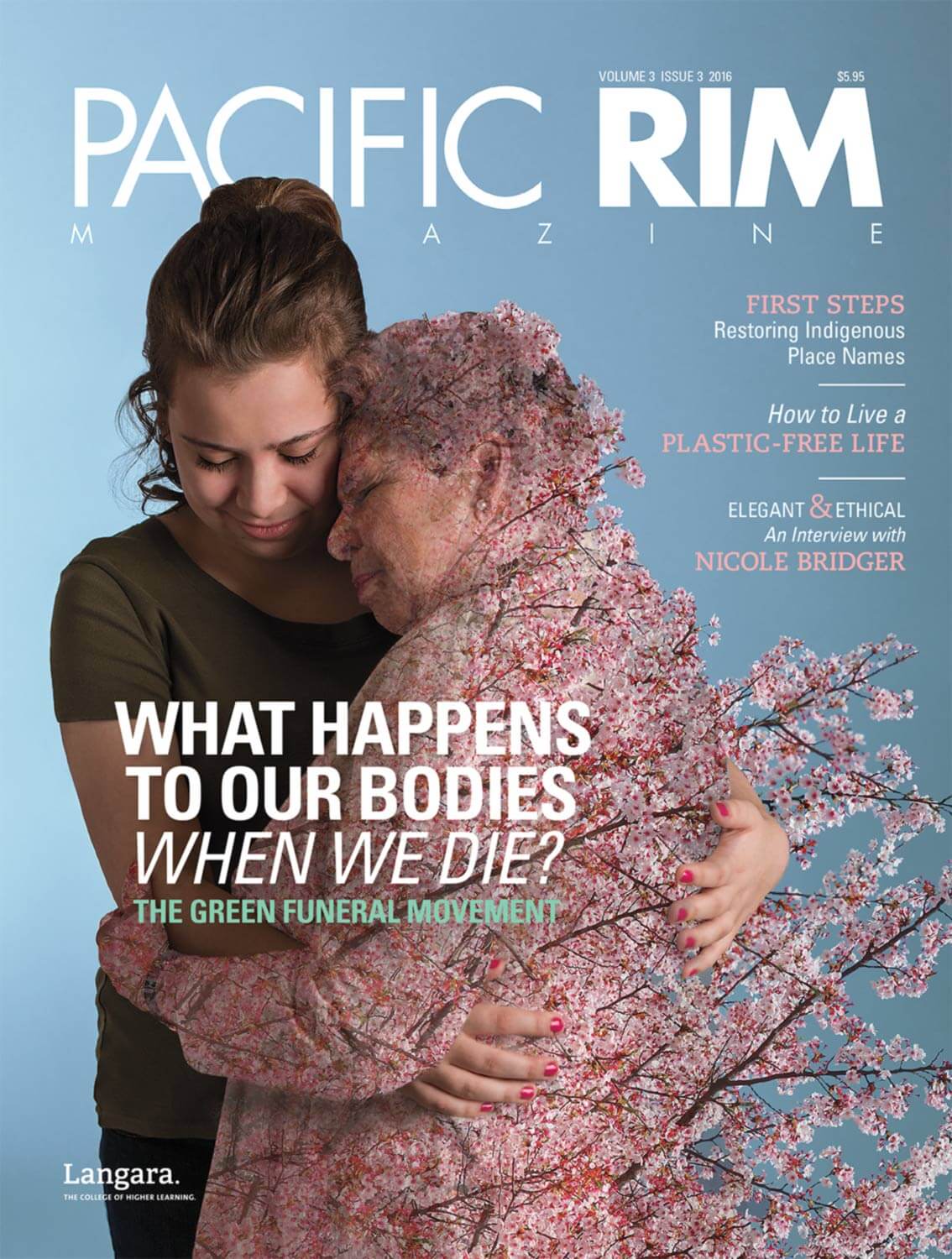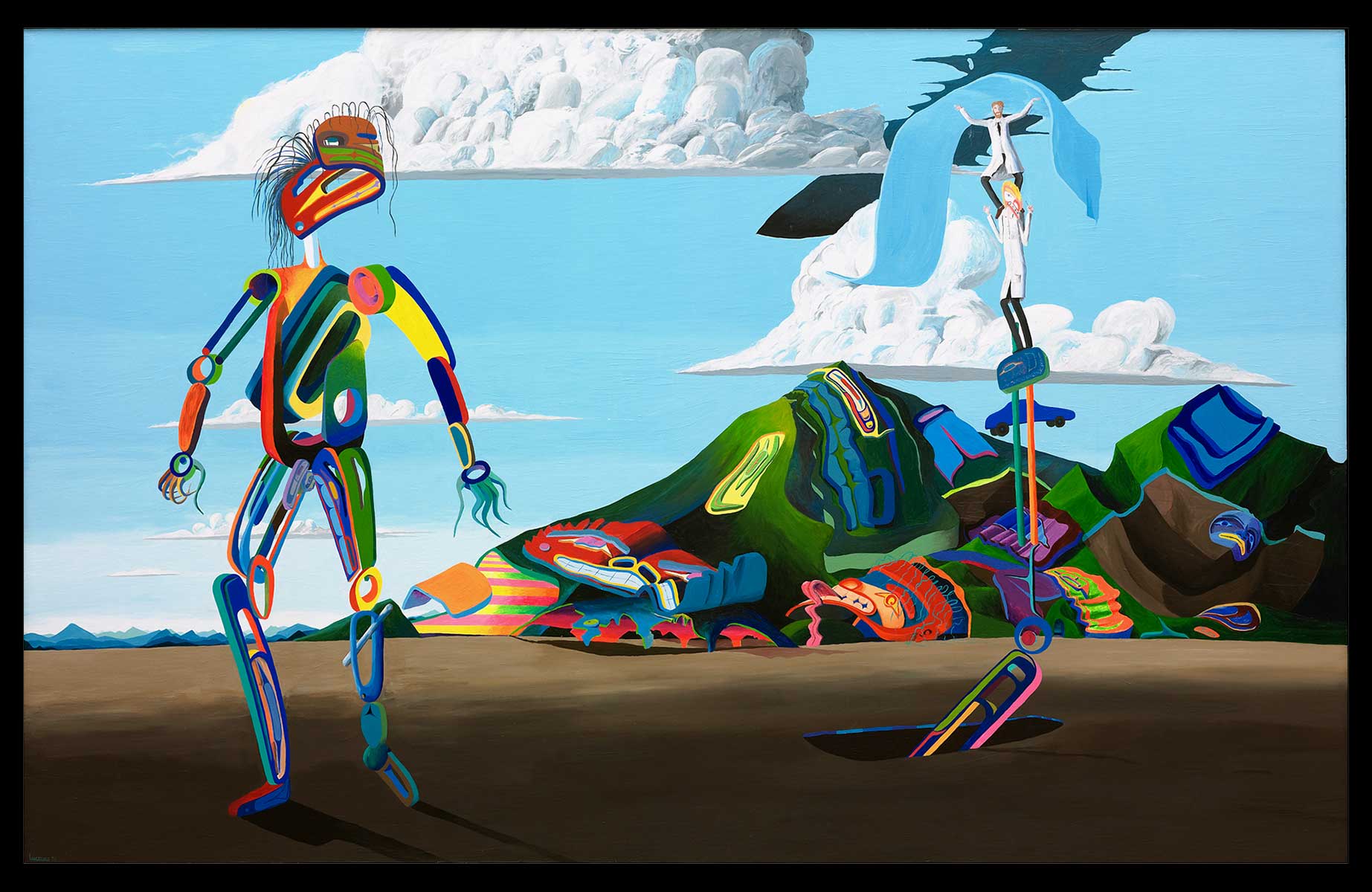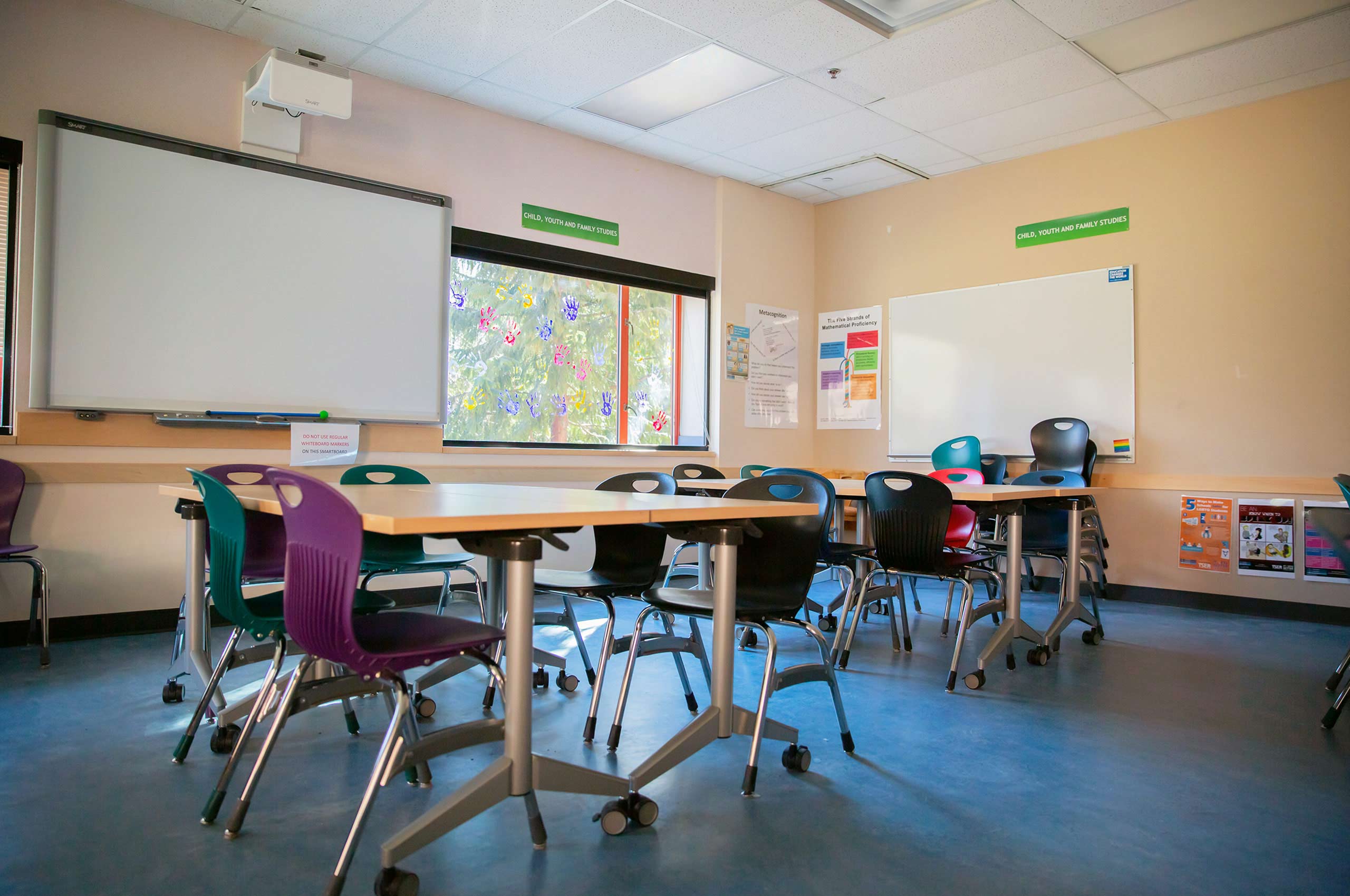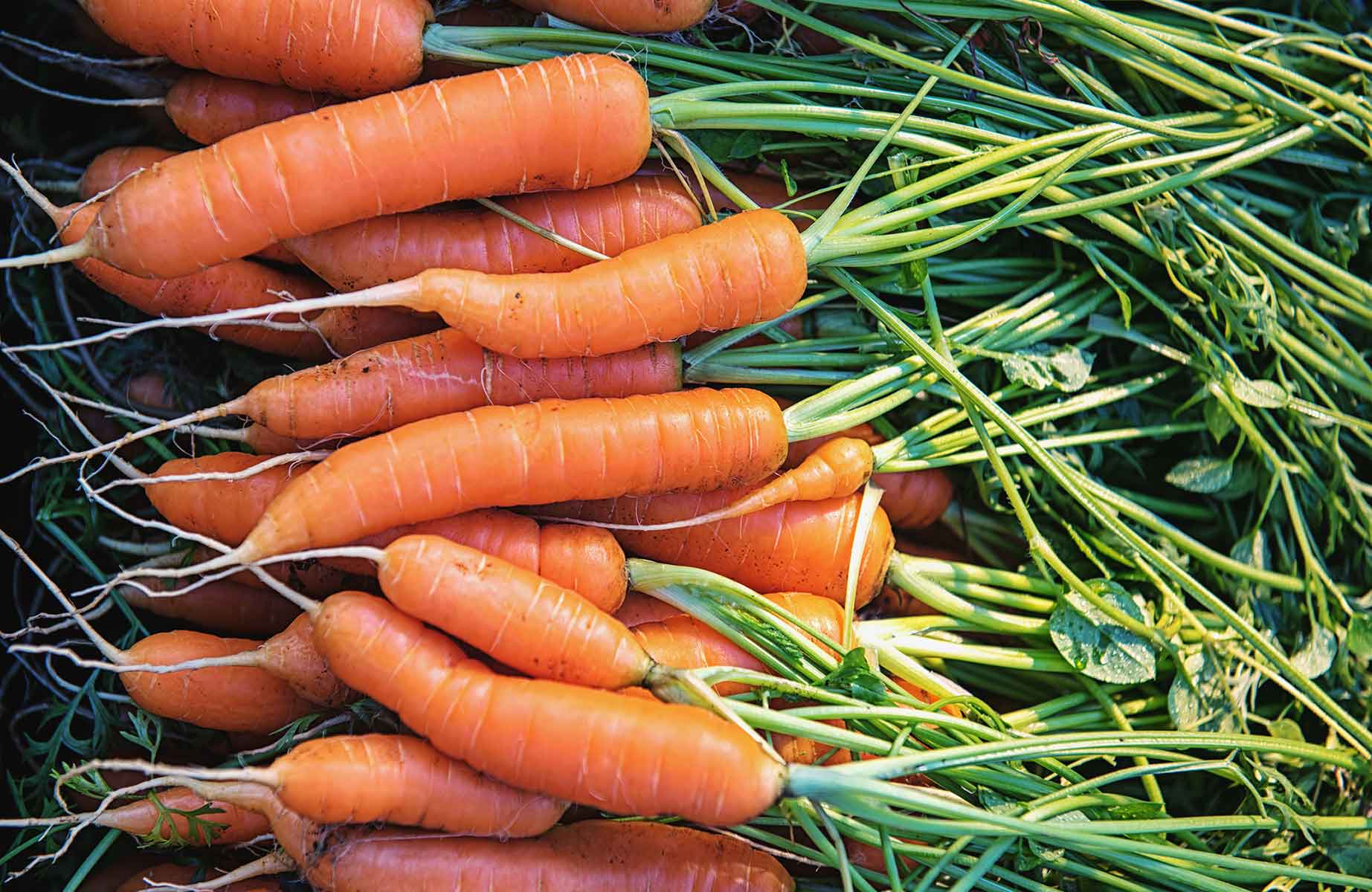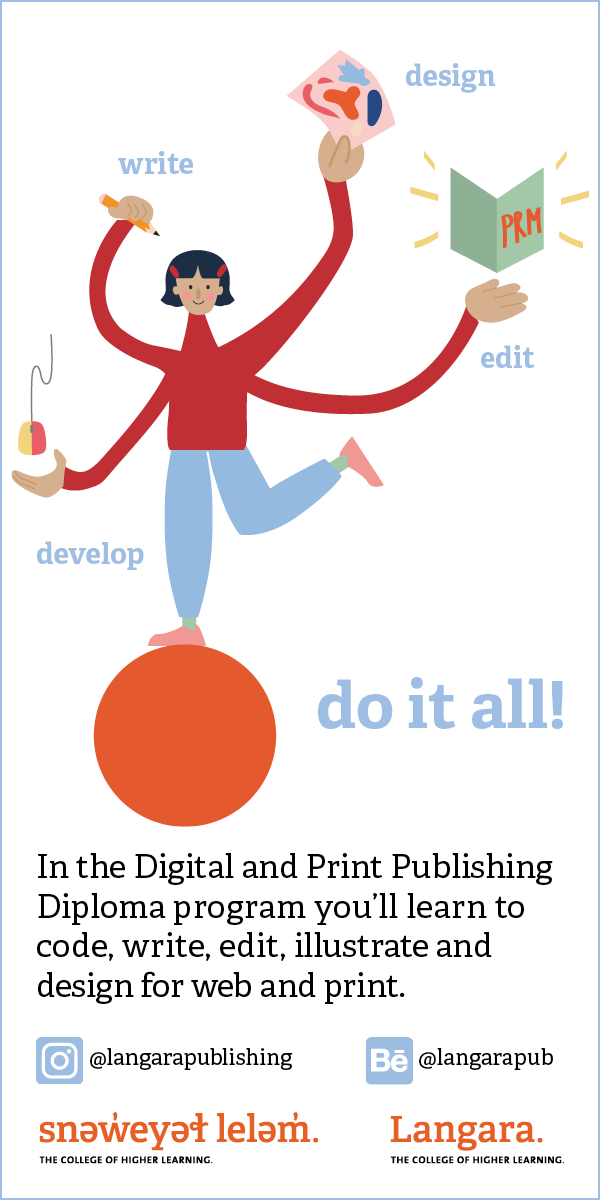On a bright yet slightly overcast spring evening, 700 people marched to the top of a 260-metre hill in Saanich, BC. They held drums, homemade signs, the hands of children and loved ones. Upon reaching the summit, the crowd erected a carved wooden sign with the engraving of a thunderbird. The bird was shown hovering above a row of mountaintops, its massive wings spanning the entire width of the sign. Five black letters were inscribed below this image: PKOLS. On that day, May 22, 2013, the area known as Mount Douglas was symbolically renamed PKOLS (pronounced p-cawls): the landmark’s original place name, as spoken in the SENĆOŦEN (sun-cha-thun) language of the region’s W̱SÁNEĆ (w-say-nich) First Nations.
Eric Pelkey (WEC’KINEM), hereditary chief of the Tsawout (tsay-woot) First Nation at the time of the renaming action, stated in a May 16, 2013, press release that PKOLS, “is a very important place for our people… [it] is a part of our creation story within the W̱SÁNEĆ nation; and it’s where our treaty was first agreed to in 1852.” He further explained that, “this is something that our elders have been calling for, for many, many years… to bring back the names we have always used to where they belong.” Pelkey advised the Times Colonist that the day’s action was only the beginning: the group had submitted an application to the British Columbia Geographic Names Office to legally rename PKOLS and intended to reclaim more place names in the region. “I think people are hungry for the history of Indigenous people in this area,” he said. At a PKOLS one-year anniversary gathering Charles Elliott, the artist who carved the PKOLS sign, told Times Colonist reporters that, “he came to the celebration because he strongly believes in the renaming. ‘I’m here because I believe in what’s going on,’ he said. ‘It’s a small bit of decolonization.’ ”
A New Relationship
The renaming of PKOLS is but one example of a growing Indigenous place name restoration movement in BC. In 2009, an historic reconciliatory agreement was reached between the province and the Haida Nation to rename the Queen Charlotte Islands off the west coast of BC to Haida Gwaii. Following a decades-long multinational campaign, in 2010, the body of water between southern Vancouver Island and Washington State was named the Salish Sea in honour of the region’s Coast Salish peoples. Similar events are happening around the world. In 1993, Australia’s Ayers Rock was renamed to its original name of Uluru and in 2015, United States President Barack Obama renamed Alaska’s Mount McKinley to Denali—the traditional name long used by the region’s Indigenous Koyukon Athabascans.
In a First Nations Summit press release issued on the PKOLS day of action, Snuneymuxw (snoo-nay-muk) Chief Doug White explained that, “for many years, First Nations have urged the provincial government, as a strong political gesture of recognition of the Indigenous Peoples of BC, to support the renaming of provincial sites and landmarks to incorporate Indigenous names within First Nations’ territories.” Steven Point, BC’s former Lieutenant Governor and member of the Skowkale (sko-kale) First Nation, stated during the Salish Sea naming ceremony that, “today’s celebration reflects the growing understanding and appreciation of our cultures. It is another step in the bridge of reconciliation.”
The Canadian federal government established the Truth and Reconciliation Commission (TRC) in 2008 to address human rights violations that were committed against Canada’s First Nations under the residential school system. At its conclusion in 2015, the commission issued 94 calls to action to, “advance the process of Canadian reconciliation.” The commission’s 47th recommendation instructed, “federal, provincial, territorial, and municipal governments to repudiate concepts used to justify European sovereignty over Indigenous peoples and lands, such as the Doctrine of Discovery and terra nullius, and to reform those laws, government policies, and litigation strategies that continue to rely on such concepts.”
Given the TRC’s purpose and recommendations, as well as calls being made within BC to restore the province’s original place names, how can re-instituting Indigenous place names play a role in the advancement of Canadian and provincial reconciliation?
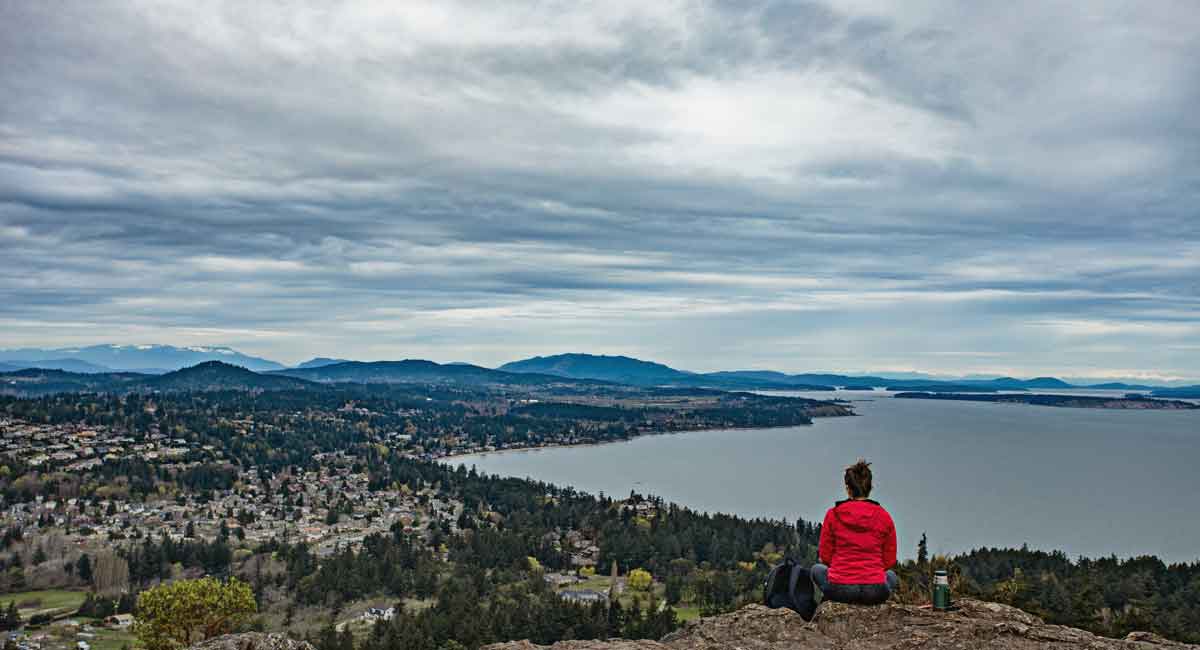
Geographer, Journalist, and Educator Briony Penn, PhD, is a vocal advocate for restoring Indigenous place names. “It’s about ownership,” she says. “If you’ve got your name on it, then it’s yours. When [European settlers] made a map of the West Coast and wrote terra nullius on it, they basically erased countless societies and cultures. That simple naming of ‘empty land’ changed the way people looked at that land. They didn’t even see it as occupied.”
Names, then, are neither arbitrary nor insignificant. And in the context of BC’s mostly unceded lands, putting Indigenous peoples and history back on the map invalidates the notion of terra nullius. Reclaiming place names can thus, as expressed by Indigenous activist Joe Akerman (T’uwuxhwultyn), be “a good acknowledgment and reminder of our continuing obligations as treaty people in this country to do more.”
BC’s Ancient Cultural History
Restoring Indigenous place names can lead to a richer understanding of BC’s ancient history. In 2006, the Musqueam Nation and the University of British Columbia (UBC) signed an agreement that included a commitment to increase Musqueam’s presence on campus. Sarah Ling, educational developer for UBC’s Uncovering Indigenous Stories Through Digital Tools Project, co-chaired a successful 2011 initiative to name two new campus residence buildings in the Musqueam language: həm’ləsəm’ and q’ələχən (pronounced hum-le-some and cul-le-hun, respectively). “The fact that [these buildings] carry rich place names and stories significant to the Musqueam people and BC history truly connects students, staff, and faculty on campus to the land beneath their feet,” she explains.
Indigenous place names often reveal more about a region’s ancient history than the colonial rebrands. In describing Xwaaqw’um (hwa-kwum), the original place name of today’s Burgoyne Bay on Salt Spring Island, BC, Penn explains that Xwaaqw’um is an onomatopoeia of the particular call of the female merganser, a species that seasonally gathers in the inlet. “It’s not that I disrespect Mr. Burgoyne,” she says, but that Xwaaqw’um, in her opinion, is far more reflective of that bay and its history.
Indigenous/Settler Alliances
Many Indigenous renaming initiatives, such as the PKOLS and Salish Sea campaigns, are collaborative efforts between First Nations and non-Indigenous communities. Joe Akerman sees undeniable value and strength in Indigenous/settler partnerships, but is troubled by the political power imbalances that such alliances can sometimes bring to the forefront. “Once the settler community comes on board and starts making space for the same message that First Nations have been continually telling government, only then does government finally listen,” he argues, “it’s unfortunate.”
Akerman reminds us that cross-cultural partnerships are, at their core, about creating lasting relationships. “It’s not something to move in and out of at your convenience,” he explains. It’s about, “building trust and listening and being directed by elders and knowledge keepers, and those whose traditional lands we are on.” Penn, meanwhile, explains that to her, being a respectful non-Indigenous ally means, “witnessing and acknowledging what people have been through,” and striving to, “build capacity with those who… are paddling in the same direction.”
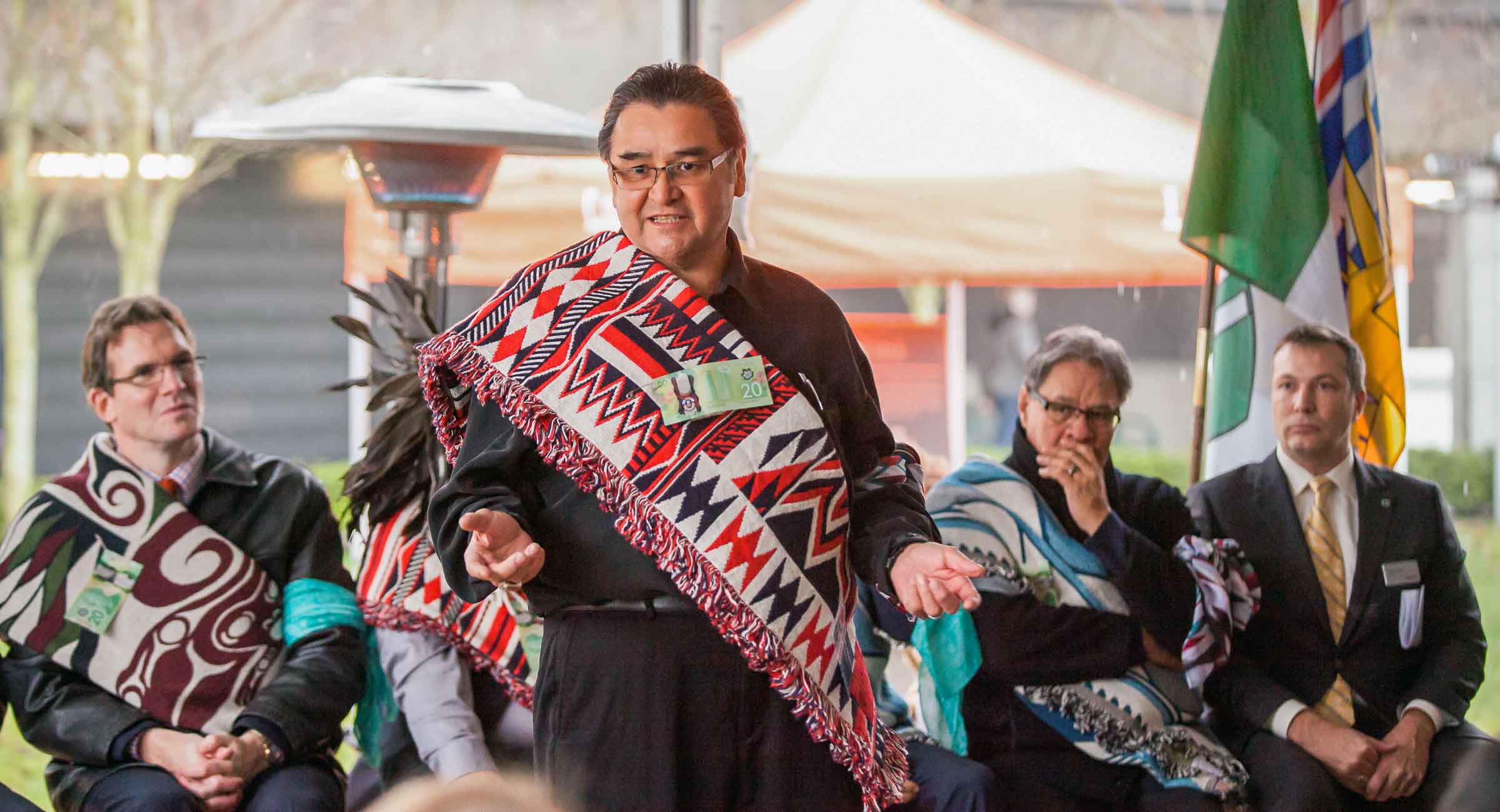
Marching Forward
The University of California Berkeley Geographer, Bernard Nietschmann, famously stated that, “more Indigenous territory has been claimed by maps than by guns… and more Indigenous territory can be reclaimed and defended by maps than by guns.” The people who marched to the top of PKOLS demonstrated the spirit of Nietschmann’s argument when they stood in unison at the summit, collectively reclaiming the land they stood on. They understood that achieving meaningful reconciliation requires going beyond place names, and towards the restoration of Indigenous self-determination and equitable access to material resources. And yet, 700 people gathered at the top of a hill in the early evening hours of May 22, 2013, just the same because they understood that names matter, and that ultimately, reconciliation is about everything we do.





